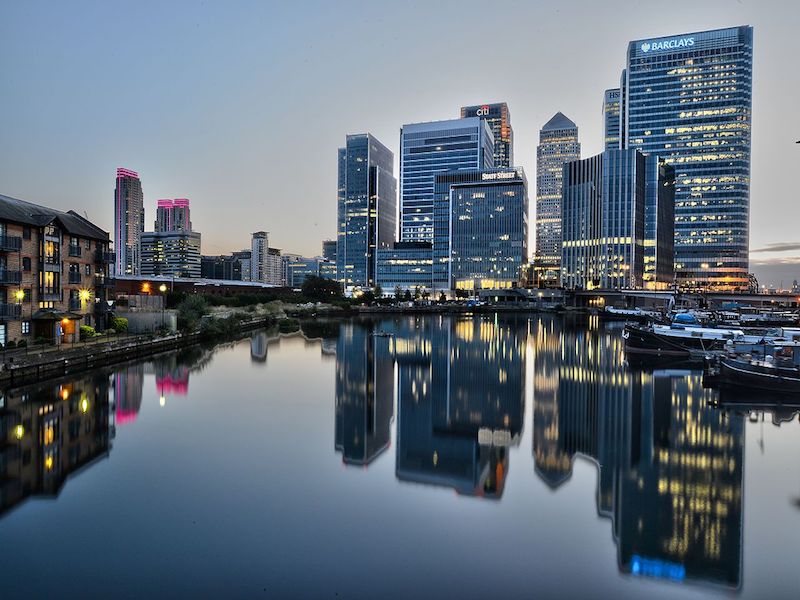
London’s Regeneration Success Stories
The need for new homes in London dominates both the political and media narrative around the capital’s property market, as figures suggest that the population is set to increase by 70,000 per year, reaching 10.8 million by 2041, as stated from The Mayor’s draft London plan. Whilst growing outwards is one solution, with transport investment in projects such as the new railway Crossrail improving accessibility to surrounding suburbs, regeneration initiatives help to meet the increasing demand for new homes by breathing new life into inner city neighbourhoods.
Also noted within The Mayor’s draft London Plan, currently in consultation, boroughs are encouraged to continue to optimise brownfield sites in plans for housing delivery, transforming derelict industrial or commercial land into sought-after new neighbourhoods. This will be instrumental in creating new homes, however, The Mayor’s principles within the Good Growth by Design programme must underpin development, to enhance the design of buildings and neighbourhoods for all Londoners. These principles outline a method of development which ensures sustainable growth that works for everyone is promoted and that London becomes a city which improves as it grows. In brief, new homes are about more than just bricks-and-mortar, and a holistic approach to development must be considered.
One of the best-known examples of a large-scale regeneration project in London, Canary Wharf, celebrates its 30th birthday this year. Lauded as one of the city’s flagship regeneration successes, the transformation figures, in terms of economic growth, cultural investment and environmental targets, are impressive. Canary Wharf is now the largest single centre of employment in the UK, creating 120,000 jobs, as noted in a recent press release from the Canary Wharf Group. Its supply chain initiative has placed £1.59 billion of contracts with East London Small- and Medium-sized Enterprises (SMEs) and the borough of Tower Hamlet’s economy has grown by nearly four times the rate of the rest of London, demonstrative of the economic ripple effect of the commercial centre. Also noted within the press release, to date, the East End community has received £15 million in investment through grants to clubs and community groups, resulting in 20 acres of urban parks, and achieving 100%, carbon-free electricity since 2012.
Whilst predominantly recognised as a commercial centre, E14, the postcode within which Canary Wharf is located, is earning a growing reputation as a place to live as well as to work. Canary Wharf Group also noted within the press release that there are 5,400 homes currently in the pipeline within Canary Wharf itself and investment into the Docklands Light Railway, also turning 30 this year, has arguably supported growth in neighbouring districts. London City Island and Royal Wharf are poised to continue East London’s regeneration story, both set to offer several thousand new homes. Additionally, on the commercial front, English National Ballet’s announcement of plans to move to London City Island has not only provided insight into the thriving cultural scene emerging but has also offered recognition from a major British organisation in the neighbourhood’s potential.
Canary Wharf has therefore succeeded as a regeneration project not just by offering new towers and train lines, but by becoming a place where people can, and want to, live, work and socialise, having a knock-on effect on the economy and infrastructure of the wider borough.
On the opposite side of the city to Canary Wharf, Old Oak Common has promise as London’s newest neighbourhood, with plans for 25,500 new homes and 65,00 new jobs over the next four decades, as noted in a Homes & Property newsletter. A new transport interchange, larger than Waterloo, will give access to both the Elizabeth line and HS2 by 2026 and the area will be served by a further two new Overground stations. Described as “the biggest station building programme since the Victorian era” by High Speed Two (HS2) Limited in a recent press release, these new networks will massively open up accessibility to the new neighbourhood, with this infrastructure investment designed to create a new town centre around the station.
As we reflect on Canary Wharf’s 30th year, the lessons learnt from the success of its regeneration can be used to inspire the next generation of London’s planners and builders. New homes cannot be created in a vacuum but must be considered as complementary pieces of a community, with economy, environmental factors, leisure and culture also considered. With the final London Plan due to be published in Autumn 2019, the way in which Good Growth principles can be applied to regeneration projects will continue to sit at the heart of debate around London development.